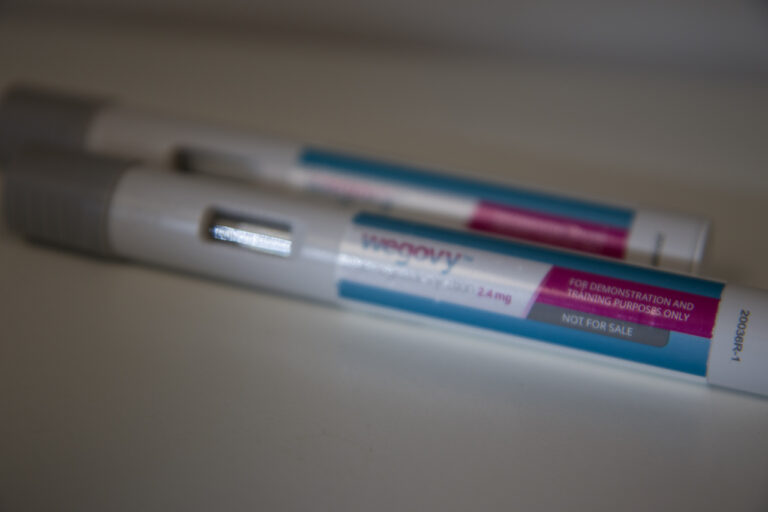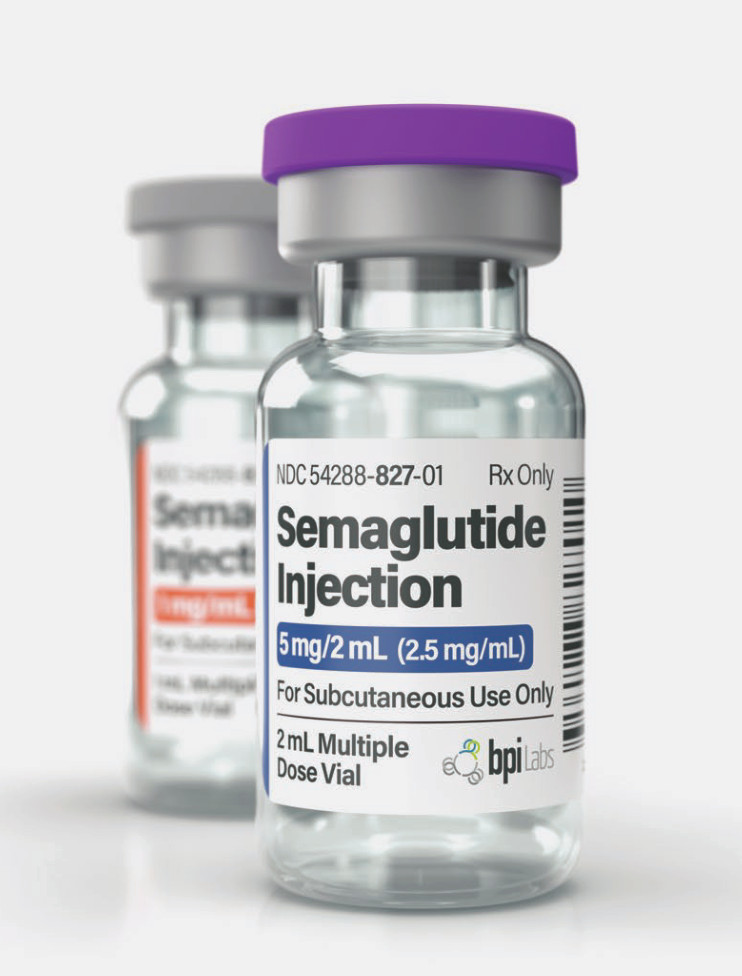Saxenda – Weight Loss, or Chronic Weight Management?

Saxenda is the newest medication approved by the FDA for chronic weight management. Unlike the other medications which are taken as pills or capsules, Saxenda is a once daily self-administered injection.
Originally marketed as Victoza for the treatment of type 2 diabetes back in 2010, Saxenda is the same molecule (liraglutide), but underwent rigorous clinical trials to prove that it is safe and effective for chronic weight management. Further, whereas the highest dose of liraglutide in Vicoza is 1.8 mg per day, Saxenda is 3.0 mg per day.
How does it work?
As legend has it, decades ago, scientists were studying the Gila Monster (Heloderma suspectum), a large lizard known to bite its prey, then follow it until the victim later went into a coma and the lizard could enjoy its lunch. Yummy! When scientists studied the Gila monster’s saliva, they identified a compound called glucagon-like-peptide one, or “GLP-1” which caused the prey to develop a low blood sugar, resulting in the coma-like state. Since those days, we have identified that GLP-1 is actually a hormone naturally made by mammals. In humans, it is secreted by the small intestine after we eat. We have learned that in addition to lowering blood sugar, GLP-1 causes the stomach to stop pumping, resulting in a sense of fullness. Further, it has an effect on the appetite center resulting in satiety – or satisfaction. Thus, GLP-1 has become a common treatment for type 2 diabetes, and now more recently, for weight loss and chronic weight management.
How much weight can be lost with Saxenda?
Studies show the average weight loss with Saxenda to be 9.2% (21 pounds), similar to medications like phentermine, Tenuate (diethylpropion), Contrave and Qsymia. Some people lose 20% or more of their body weight. Further, Saxenda doubles to triples the odds of being able to sustain weight loss. They did a 3 year trial and demonstrated clinically significant weight loss sustained over the 3 years.
Is it safe?
Although Saxenda is a safe, FDA-approved medication, GLP-1 analogues have been found to cause thyroid tumors in rats and mice although the human relevance remains unknown after more than a decade of clinical use. For this reason, it is not recommended to be on Saxenda if you have a personal or family history of medullary thyroid carcinoma or multiple endocrine neoplasia type II. We also do not use Saxenda in people with a history of pancreatitis, or in women who are pregnant or breastfeeding. Side effects can include nausea, vomiting, diarrhea, and decreased appetite. Rare but more serious side effects include: pancreatitis or cholecystitis (gallbladder attacks). For full information on warnings and risks, click here for the full package insert.
Fortunately, most of the side effects are the gastrointestinal ones (nausea in particular). In our experience, they are generally mild and resolve as one gets used to the medication.
In clinical trials for diabetes, Victoza was found to be protective against heart attacks and strokes, decreasing the risk by 12%.
Does it hurt?
Saxenda is packaged in a very easy to use multi-dose self administered pen. The needle is tiny and the medication can be injected into the abdomen, upper arm or thigh. We have received very few complaints about the injection being uncomfortable.
So, at the end of the day, is Saxenda right for me?
Like the other medications, Saxenda is only approved in adults age 18 and up with a body mass index (BMI) of 27 or more with a compelling related medical problem, or 30 or more without other medical problems. Also, just in – the label was just updated indicating that Saxenda can be used in kids aged 12-17 with a BMI of 30 or more, or over 132 pounds. The main limitation of use is that it is expensive. However, with insurance coverage (20-30% of people have coverage), most patients can expect to pay $25 – $30 per month. Insurance coverage is determined by the employer, not the insurance company. Many large companies offer coverage including: many hospital systems like Health One and Children’s Hospital, many technology companies like Lockheed Martin, some financial companies like Fidelity, and some oil and gas companies. If you are interested in pursuing Saxenda, call the number on your insurance card to see if you have coverage. Note that currently Medicare does not allow coverage for any anti-obesity medication.
In particular, we like to use Saxenda in several situations:
- People with insurance coverage for the medication.
- People with pre-existing heart disease or heart disease equivalent.
- People with difficult to control high blood pressure.
- People with type 2 diabetes not already on a GLP-1 analogue.
- People who desire 24 hour appetite and satiety control.
- People with higher body mass index, thus higher risk of health problems from the obesity.
What does the future hold?
There are many more compounds in development as anti-obesity agents. The most promising is high-dose Ozempic. Ozempic is currently being used in the treatment of type 2 diabetes at dosages of up to 1 mg per week. That’s right – it is a once weekly injection. It seems more potent than Victoza for diabetes. Similarly, high-dose Ozempic will be a more power medication for weight loss providing a better result and the convenience of once weekly dosing. Side effects appear similar to Saxenda, and in the heart safety studies for type 2 diabetes, Ozempic provides double the heart protection that Victoza does. Exciting!
If you’d like to learn more about Saxenda, give the office a call at (303) 750-9454, and set up a visit with Dr. Lazarus or Heather Thomas, P.A.-C. Please be sure to confirm your insurance situation first!





How much are these drugs . I am on Medicare and can I get them from you.
Sorry Rosey, but Medicare rules do not allow for payment for any medication for weight loss. We have been fighting this rule for nearly a decade – we have an act before congress called the “Treat and Reduce Obesity Act” which would get rid of this out of date regulation. For now, Saxenda is quite expensive for folks on Medicare – $1,000 at the pharmacy give or take, although I am able to find it for 1/2 this price. However, Saxenda is similar to Victoza and Ozempic – other medications in that class. Sometimes we can prescribe these for diabetes / prediabetes (even for those on Medicare) and get similar benefits. Bring this up with me next time we visit and we can look at options. Take care!
Do you have a source for Ozempic at half price like you do for Saxenda?
Mary – hello. Happy to review with you at the office 🙂 Yes – I have some ideas about that…
I work for the state and has been told that my insurance does not cover this medications. I was wondering how i could get it at a reasonable cost or for free?
Sorry to hear this – please see other replies in this email thread.